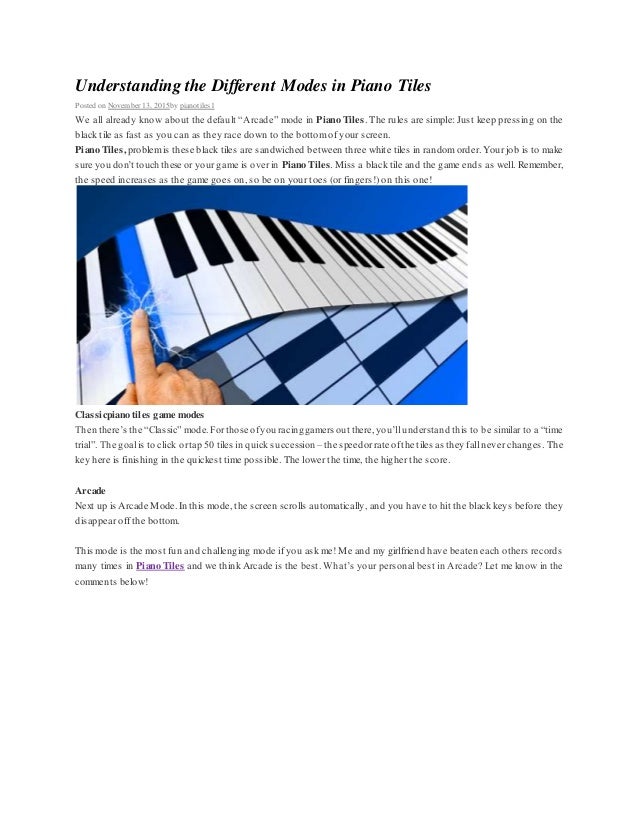Modes On The Piano

I'm a self-taught pianist. I know how to play all the major and minor scales, so I believe I can progress to modes.How should I practice modes on the piano? Should I just use the fingering for the corresponding major scale, or are there special fingerings?For example: In B flat major, technically to be consistent with the way the scale is played you would start on the 4th finger for the right hand, but I have heard it's ok and natural to start on the 2nd. Are there similar cases for modes?Is there a book that will tell me the mode fingerings, perhaps a free pdf online? I don't have many musical resources at home.Most importantly, and to reiterate, should I just use the fingering for the corresponding major scale? If you can play all major (ionian) and natural-minor (aeolian) scales, you can play already 24 of 84. I think this is a rather big question asking for fingerings of all the left 60 ones.
The 7 modes are sometimes called the 7 Major Scale Modes, since they are derived from the notes of the major scale.You simply start a new scale from each step of the major scale! The easiest way to see this on a piano is by using the white keys, or the C major scale. In these simplified video tutorials, piano master Tom Regis explores different Modes as one of the keys to unlocking the art of improvisation, and includes a bit of approachable theory that can be immediately put into practice! Pete Sears guides you through different modes of playing the piano or keyboard. These refer to the step pattern intervals between the notes when playing a scale.
Jazz Piano Scales And Modes
Also we are not talking about melodic or harmonic minor, which have 7 modes too, times 12 times 2 equals 168 modes.Not to discourage you: With your ability of already playing 24 keys I would say you have a pretty good start.Also as for the major or minor scales you have quite a few fingerings in common. For example in C major you can play all modes with: RH: 123-1234(5)-123-1234(5) etc.LH: 54321-321-4321-321 etc.As a rule of thumb:try to avoid the thumb on black keys!As you play F major on the right hand with: 1234-123-1234-1234 to not get the thumb on the Bb. As you know you can use the same fingering as for c major for the left hand in F majorAs you mentioned the fingering for B flat major, you seem to be familiar with those fingerings that in the beginning need a little practice, but you should be able to adapt those to the modes too.Not to forget:'Fingering itself is an art, it needs time and practice.' For example: the fingering I wrote for the C major scale makes sense if you play from c to c, but what if you want to go one tone further and play from c to d? It surely depends on the run but here I would go this way:the same applies for the modes too, as soon as you play more complex figures rather then just the scale from one octave to the other you might need to use different fingerings. Honestly saying I don't know a book containing fingerings for all modes, I have been searching one for myself and my plan was to make one, but I did not find the time yet. I would say that by adapting the techniques used for playing the major scales you probably get very far.
Modes Piano Theory
If there is a special mode that you have problems with, just post a new question. Also be aware of the fact that the fingerings used for scales are good practice, but in real music you often need to adapt them to the context.–Aug 13 '17 at 12:01.